
Roots
There is a profound, whispered knowing that resides within each curl, each coil, each strand of textured hair. It is a remembrance, a living archive of generations, an unbroken chain back to ancestral lands where wisdom flowed as freely as the rivers. For those of us whose hair carries the legacy of Africa and its diaspora, care is not simply a routine; it is a sacred dialogue with a past that continues to shape our present. The question of how ancestral oils guard textured hair finds its initial answer not in laboratories, but in the elemental biology of the strand itself, understood through centuries of observation and tradition.

The Architecture of Ancestry
Textured hair possesses an inherent design that sets it apart. Its elliptical cross-section, the unique distribution of disulfide bonds, and the very way it spirals into its glorious forms create a delicate architecture. This intricate shape means the cuticle, the outer protective layer of the hair shaft, does not lay as flat as it might on straighter hair types.
Instead, it lifts, especially at the points where the hair bends around its curves. This characteristic, while contributing to the hair’s unparalleled volume and beauty, also means that moisture can escape more readily, and the internal structures are more susceptible to the outside world.
Ancestral peoples, though without the microscopes of modern trichology, intuitively understood this vulnerability. Their wisdom, honed over millennia, recognized the need for a protective mantle, something to seal and strengthen. This understanding was not theoretical; it was born from daily interaction, from the touch of skilled hands, and from the observation of hair’s response to different elements.
Ancestral wisdom, deeply interwoven with daily life, recognized the inherent thirst of textured hair and sought protective balms from the very earth itself.

Oils From The Earth’s Heart
When we speak of ancestral oils, we speak of substances drawn directly from the bounties of nature – seeds, nuts, fruits. These are not manufactured compounds; they are the pure, living expressions of the earth’s regenerative power. Consider the rich, golden hue of palm oil, historically significant across West Africa, or the creamy solidity of shea butter, a cornerstone of hair and skin care for centuries.
These plant lipids, rich in fatty acids, vitamins, and antioxidants, offer a natural affinity with the hair’s own composition. They are designed by nature to protect, nourish, and provide sustenance.
The very mechanism of these oils begins at the cuticle. When applied, they form a delicate yet resilient barrier. This barrier works to smooth the raised cuticle scales, minimizing moisture evaporation and preventing environmental aggressors from penetrating the hair shaft. This process, often referred to as ‘sealing,’ is crucial for retaining the precious hydration that textured hair so readily loses.
The oils also impart a softness, reducing friction between strands which, over time, can lead to breakage. It is a gentle yet powerful embrace that honors the hair’s intrinsic design.
- Shea Butter ❉ Derived from the nuts of the shea tree, a staple in West African communities, cherished for its moisturizing and emollient qualities.
- Palm Oil ❉ Extracted from the fruit of the oil palm, a historically and culturally vital resource across many parts of Africa, valued for its conditioning properties.
- Coconut Oil ❉ Prevalent in coastal African and Caribbean traditions, known for its ability to penetrate the hair shaft and reduce protein loss.
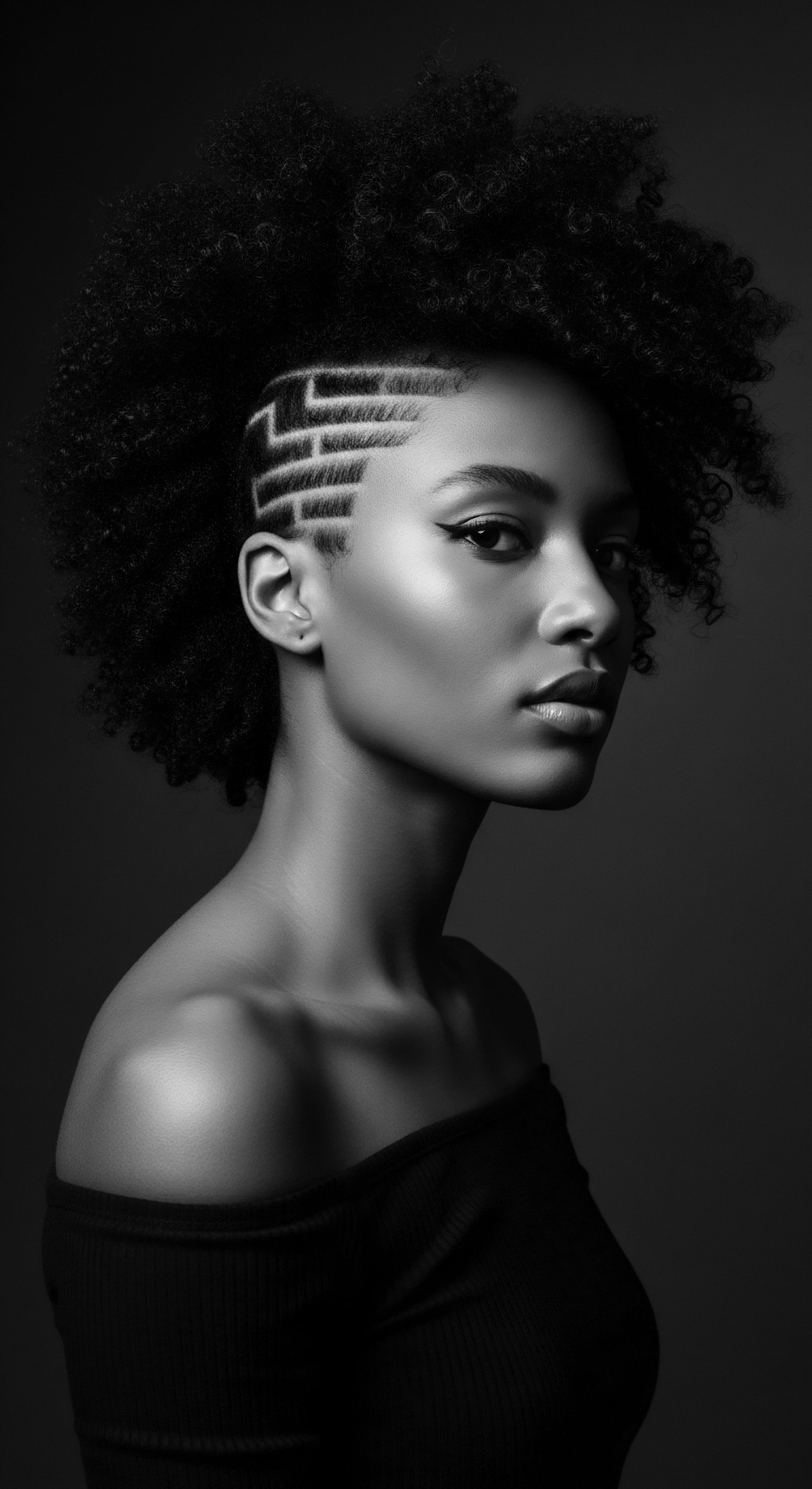
How Do Oils Interact With Hair’s Structure?
The molecular structure of ancestral oils plays a significant part in their protective qualities. Many of these oils possess a low molecular weight and a high affinity for hair proteins. This allows them to not merely sit on the surface but to be absorbed into the cortex, providing internal fortification.
For example, studies have shown that certain fatty acids, like lauric acid found abundantly in coconut oil, have a unique ability to penetrate the hair shaft, reducing the loss of hair protein during washing and styling processes. This deep interaction provides a structural integrity that goes beyond surface conditioning.
Furthermore, these oils often bring with them an array of micronutrients. Vitamins A and E, antioxidants, and various phytosterols contribute to scalp health, creating an optimal environment for hair growth. A healthy scalp, after all, is the foundation for strong, vibrant hair. The protective guard offered by ancestral oils extends beyond the strand itself, reaching to the very roots, ensuring that the entire system of hair and scalp thrives as it was always meant to.
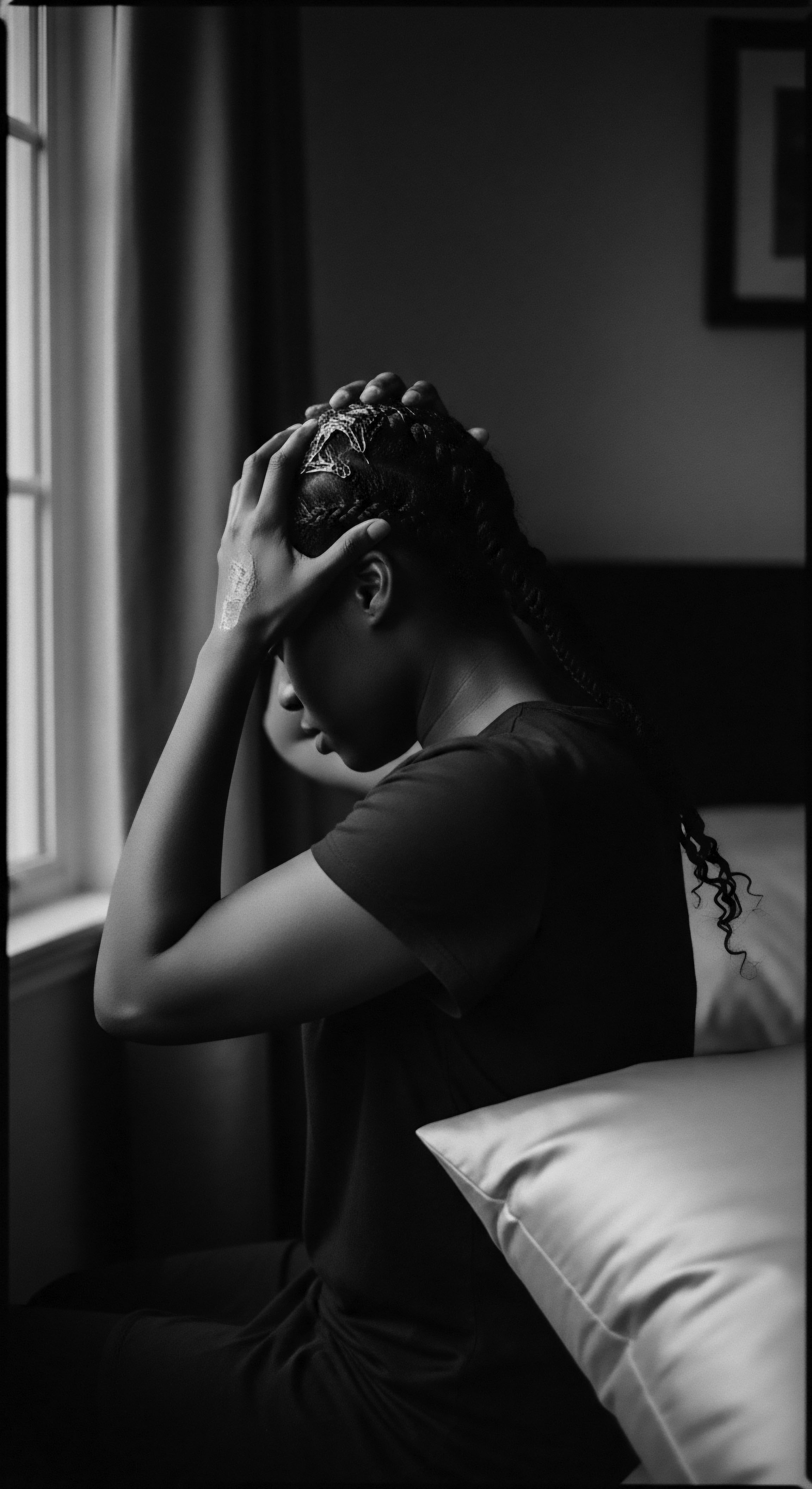
Ritual
From the foundational understanding of hair’s architecture, we move to the living practices, the tender threads of care that have bound communities across generations. The application of oils was rarely a hurried, solitary act; it was often a communal ritual, a moment of connection, teaching, and passing down wisdom. This is where the ‘how’ of ancestral oils guarding textured hair becomes a story woven with hands, tools, and shared experiences.
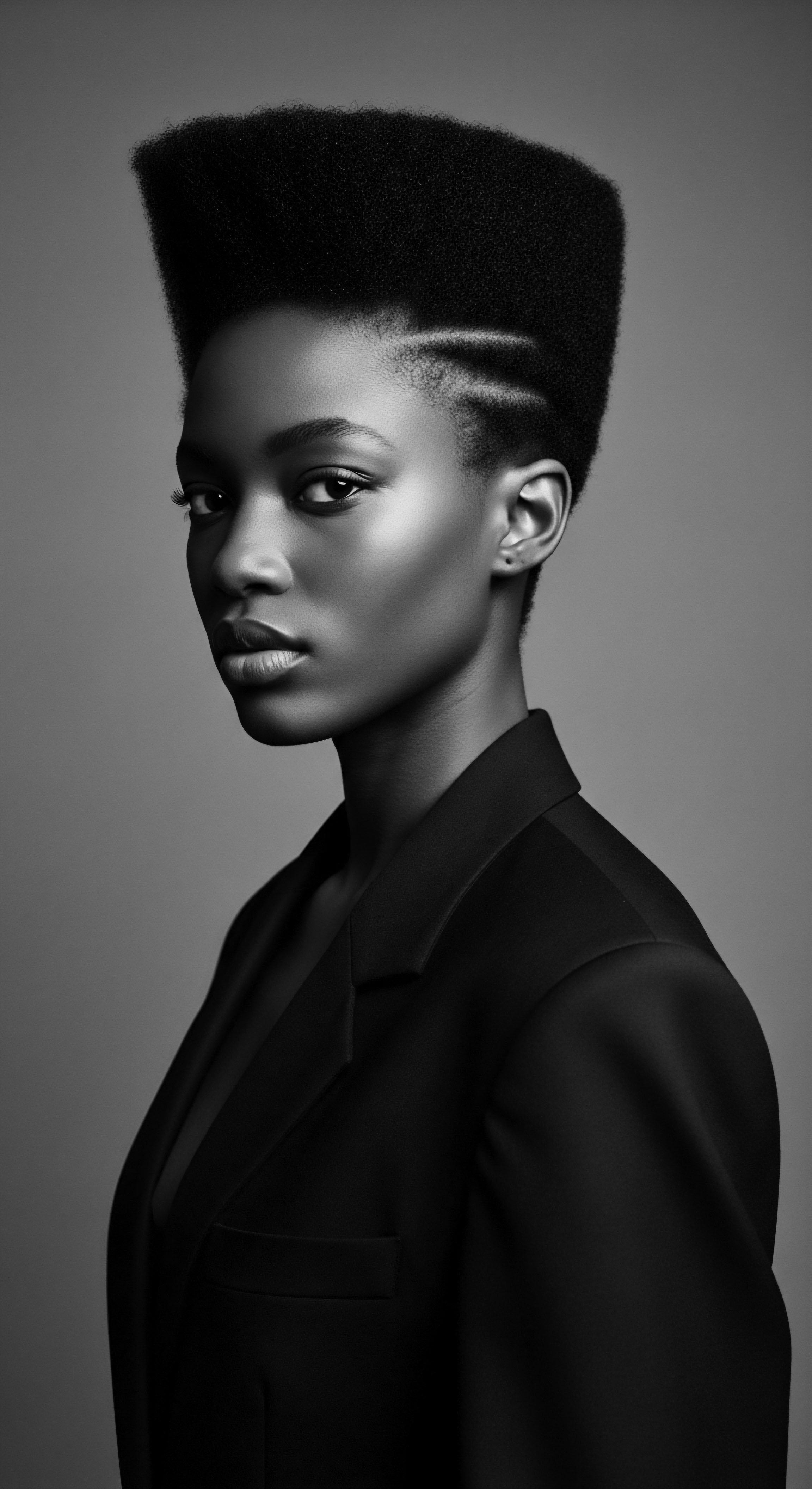
The Hands That Know
Across various African societies and throughout the diaspora, hair care was a skilled art, often performed by elders or designated stylists within a community. These individuals held a deep understanding of hair’s needs, passed down orally and through direct apprenticeship. The rhythmic application of oils during braiding, twisting, or cornrowing was not merely about lubrication; it was about preparing the hair for protective styles, softening it, and ensuring its longevity.
The hands that applied the oil knew the density, the curl pattern, the history of the hair they touched. This intimate knowledge ensured that the right amount of oil, with the appropriate technique, was used to seal and protect, setting the stage for enduring styles.
Consider the communal act of hair dressing documented in many West African societies. Women would gather, often under the shade of a tree, engaging in conversation while meticulously tending to each other’s hair. The oils used during these sessions served a dual purpose ❉ they were practical emollients and symbolic agents, binding the community together and connecting them to the land and their heritage. The act itself was a protective ritual, shielding both the hair and the spirit.
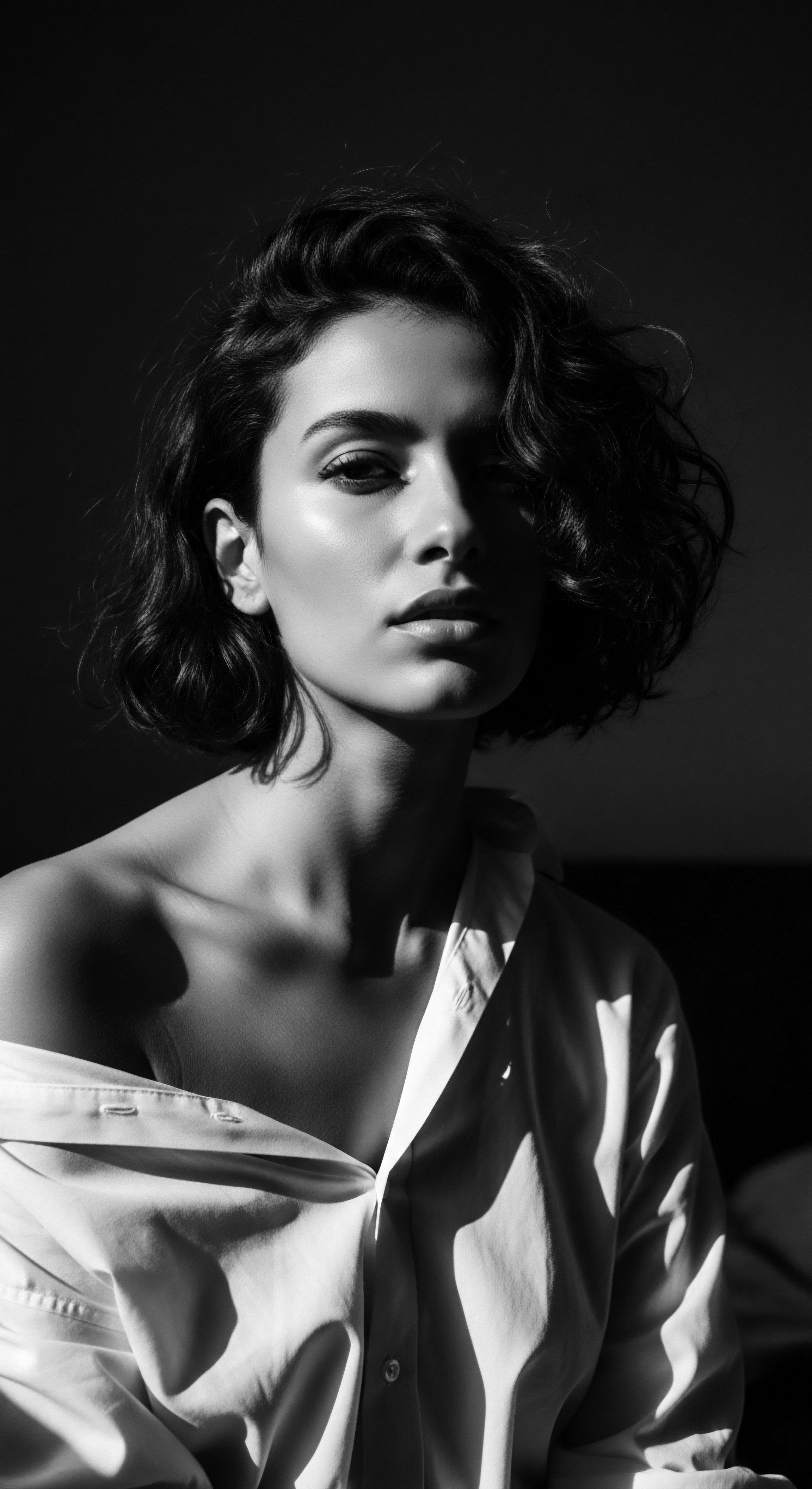
Traditional Tools and Their Gentle Touch
The tools employed in ancestral hair care were as intentional as the oils themselves. Combs carved from wood or bone, often with widely spaced teeth, were designed to detangle without causing stress to delicate curls. These tools, often anointed with oils themselves, would distribute the protective balm evenly, working it through the strands from root to tip. The materials chosen reflected a deep connection to the natural world, reinforcing the holistic approach to care.
The development of protective styling techniques, from intricate cornrows to masterful braids, relied heavily on the consistent use of oils. These styles, which often kept the hair tucked away and shielded from environmental elements like sun, dust, and wind, were only truly effective when the hair was adequately prepared and sealed. Oils provided the necessary slip for styling, prevented friction within the braids, and contributed to the overall health of the hair while it was in a protected state. These are not merely decorative styles; they are, at their core, acts of preservation.
| Traditional Application Pre-braiding treatment |
| Purpose for Hair Softens hair, adds slip for easier manipulation, reduces breakage. |
| Cultural Significance Prepares hair for protective styles, a communal bonding activity. |
| Traditional Application Scalp massages |
| Purpose for Hair Stimulates circulation, nourishes follicles, alleviates dryness. |
| Cultural Significance Connects individual to ancestral practices, fosters well-being. |
| Traditional Application Post-wash sealing |
| Purpose for Hair Locks in moisture, protects against environmental factors. |
| Cultural Significance Preserves hydration, signals care and attention to the hair. |
| Traditional Application These practices highlight the holistic and intentional application of oils within textured hair traditions. |

A Legacy in Every Loop
The art of textured hair styling is a testament to the ingenuity and aesthetic sensibilities of ancestral communities. Beyond their beauty, these styles, often held together with the integrity provided by oils, served crucial functions. They were markers of identity, status, marital status, and tribal affiliation.
They could also be used to signify age, rites of passage, and even spiritual beliefs. The very act of oiling and styling became a continuous reaffirmation of cultural belonging and a safeguard against both physical and spiritual elements.
In the context of protecting textured hair, these styles, supported by the foundational work of ancestral oils, served as the ultimate shield. They minimized exposure to daily wear and tear, preventing tangles and knots, and allowing the hair to retain its strength and length. It is a sophisticated system of care that marries aesthetic expression with practical defense, a legacy that continues to define textured hair heritage around the world.
The purposeful application of oils during styling was a deliberate act of protection, extending the life of intricate styles and safeguarding the hair from daily environmental stresses.
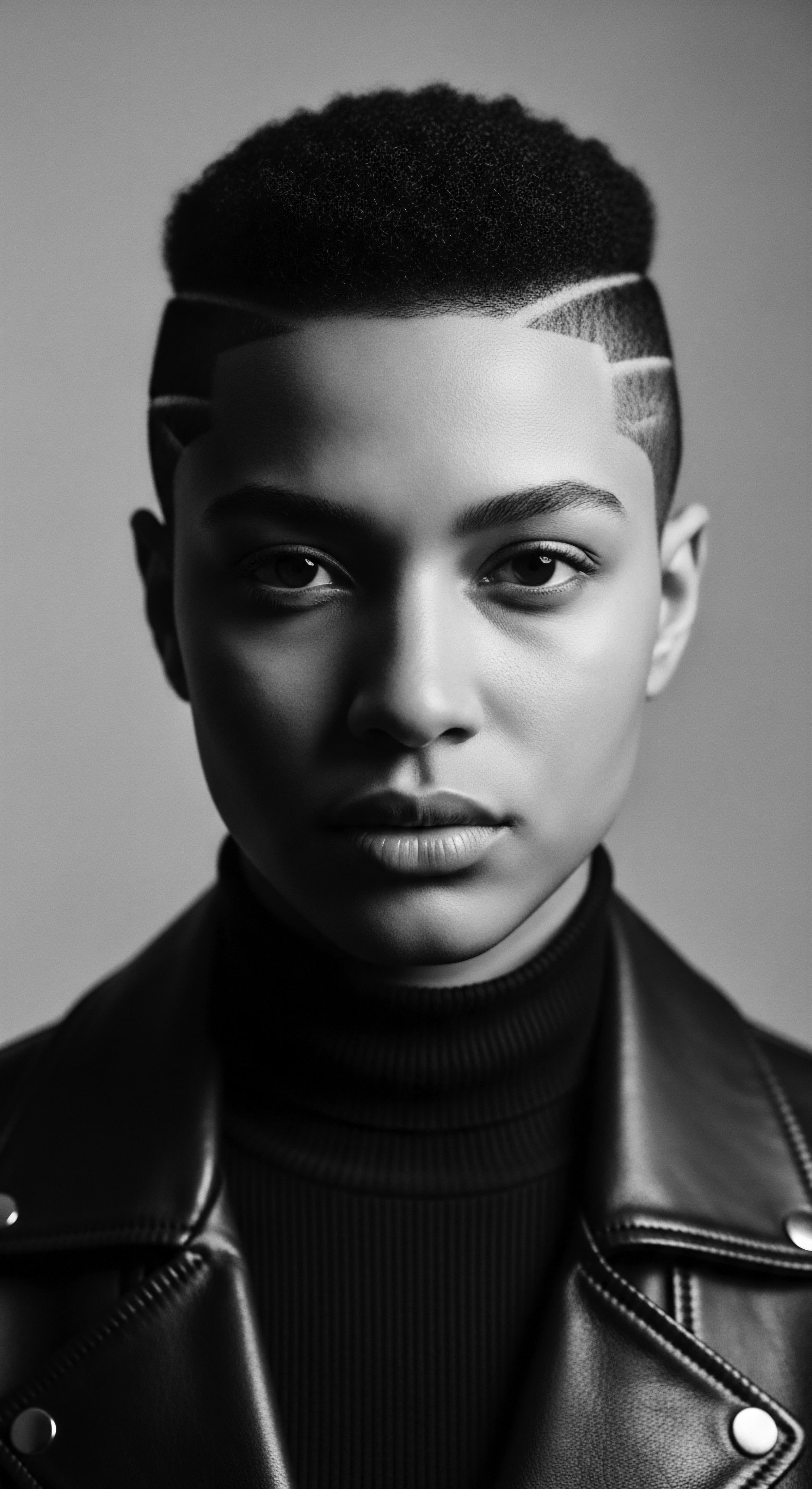
Relay
The conversation around ancestral oils and their role in guarding textured hair extends far beyond simple application; it delves into the realm of holistic well-being, nighttime preservation, and the enduring solutions offered by age-old wisdom for modern challenges. This is where the living library of heritage truly comes alive, offering blueprints for contemporary care rooted deeply in past practices.
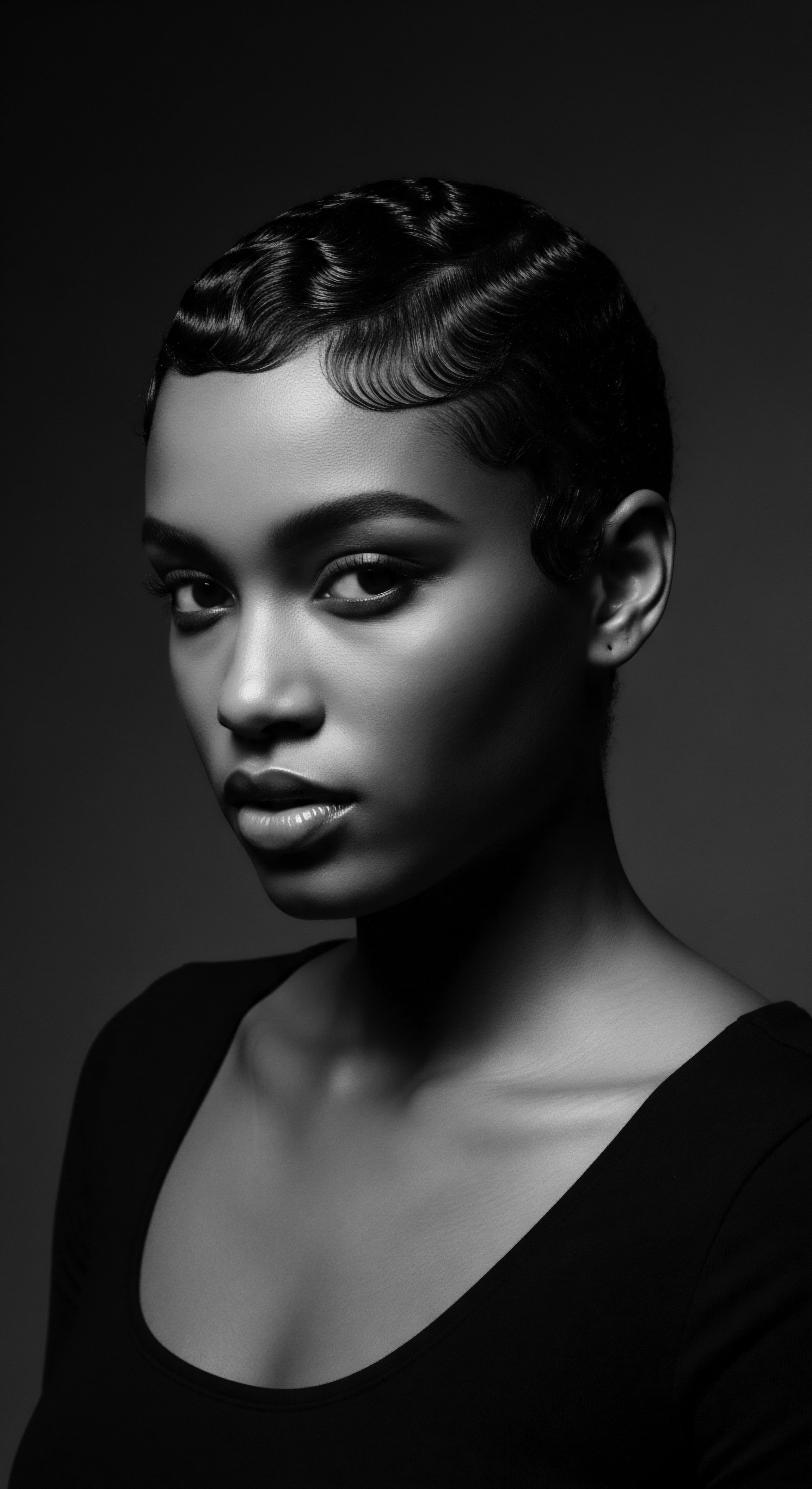
The Nighttime Sanctuary
Perhaps one of the most unsung heroes in the regimen of textured hair care, particularly through an ancestral lens, is the practice of nighttime protection. Before modern bonnets became widely accessible, various communities understood the importance of protecting hair during sleep. Simple cloth wraps, often made from silk or satin-like materials harvested from plants, served a similar purpose ❉ to reduce friction between hair and coarser sleeping surfaces. This minimized breakage, preserved moisture, and maintained style integrity.
Ancestral oils played a vital role here, applied as part of a pre-sleep ritual to provide a final protective layer, ensuring the hair remained supple and less prone to tangles overnight. The marriage of protective wraps and nourishing oils created a nighttime sanctuary for the strands.
This commitment to nighttime preservation reflects a deep understanding of textured hair’s delicate nature. During sleep, hair can rub against pillows, leading to frizz, tangles, and ultimately, breakage. The act of wrapping hair, often after applying a light layer of oil, was a preventative measure, a thoughtful preparation for the coming day. It was a practice passed down, not as a burdensome chore, but as an essential part of maintaining the health and longevity of hair, seen as a crown, a connection to lineage.
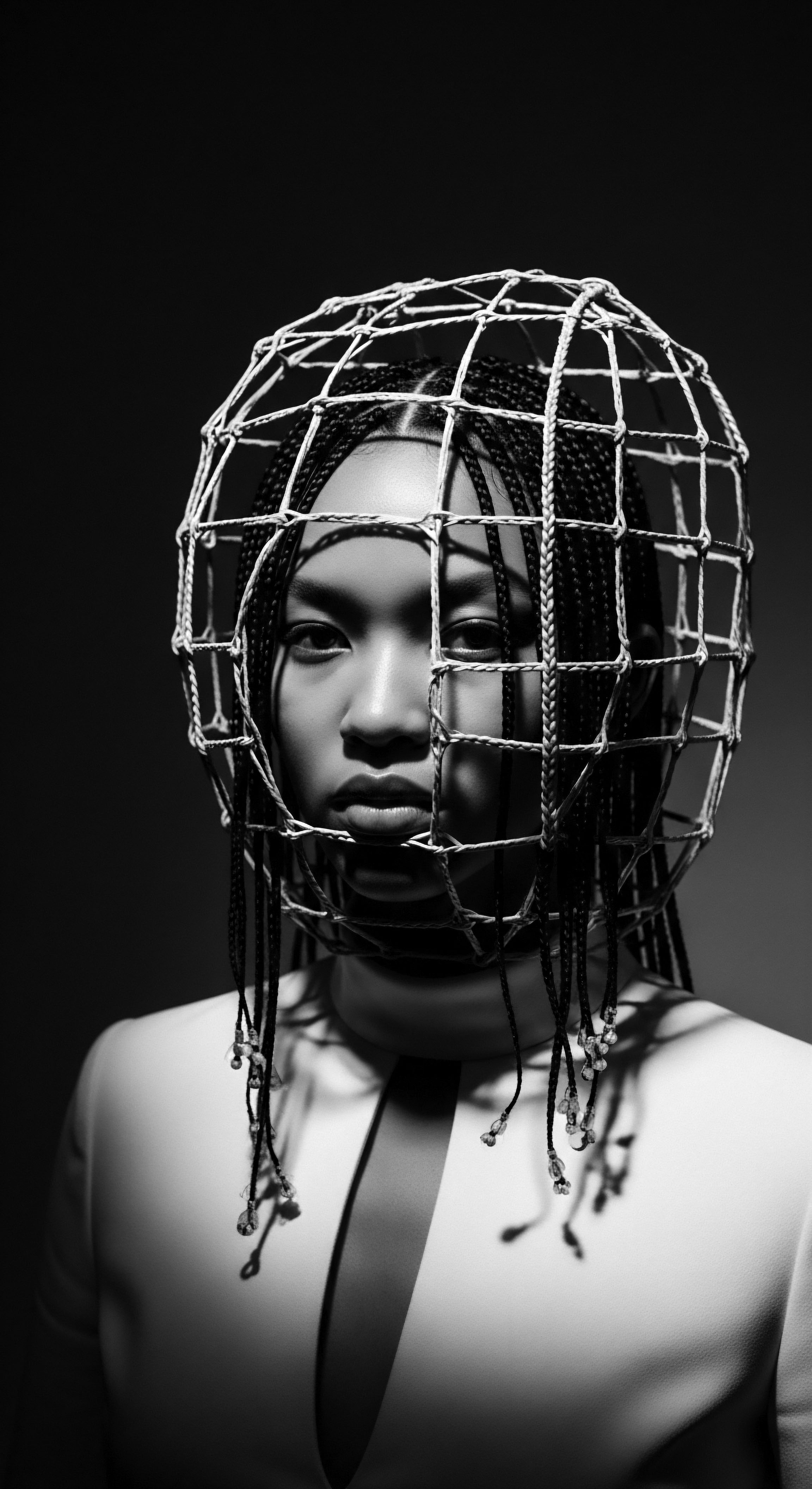
Traditional Solutions for Persistent Challenges
Textured hair, with its unique structure, often faces specific challenges, such as dryness, breakage, and tangling. Ancestral oils were the frontline defense against these common issues. For dryness, rich emollients like unrefined shea butter or cocoa butter were massaged into the scalp and hair, not only providing immediate relief but also building a sustained moisture barrier.
For breakage, practices often involved oiling the ends of the hair, the oldest and most vulnerable parts, to reduce splitting and maintain length. The wisdom was intuitive ❉ the ends needed the most protection.
A striking example of this enduring wisdom comes from the Himba people of Namibia, whose distinctive hair ritual, known as ‘otjize,’ involves a paste made from ochre, butterfat (often from cow’s milk), and aromatic resin. This deep red mixture, applied daily to their intricate dreadlocks and skin, serves as a powerful protective agent against the harsh desert climate, acting as a natural sunscreen, insect repellent, and highly effective moisturizer. While not a liquid oil in the conventional sense, the butterfat component provides the emollient properties of an oil, guarding the hair from environmental damage and maintaining its malleability.
This practice, deeply embedded in Himba identity and culture, demonstrates an ancient, effective method of hair protection against extreme conditions, highlighting the ingenious adaptations of ancestral knowledge (Eichhorn & Schippa, 2018, p. 132).
This illustrates how ancestral practices, often employing a blend of local ingredients, provided practical, effective solutions for common hair concerns, drawing directly from the immediate environment. The knowledge of which plants yielded which beneficial oils, and how to prepare them, was a precious inheritance.
- Dry Scalp Relief ❉ Warm coconut oil or olive oil gently massaged into the scalp, promoting circulation and alleviating flakiness.
- Breakage Reduction ❉ Oils like castor oil or jojoba applied to fragile ends to strengthen and seal the hair cuticle.
- Detangling Aid ❉ A generous coating of a lightweight oil, such as argan or grapeseed, to provide slip before finger detangling or combing.
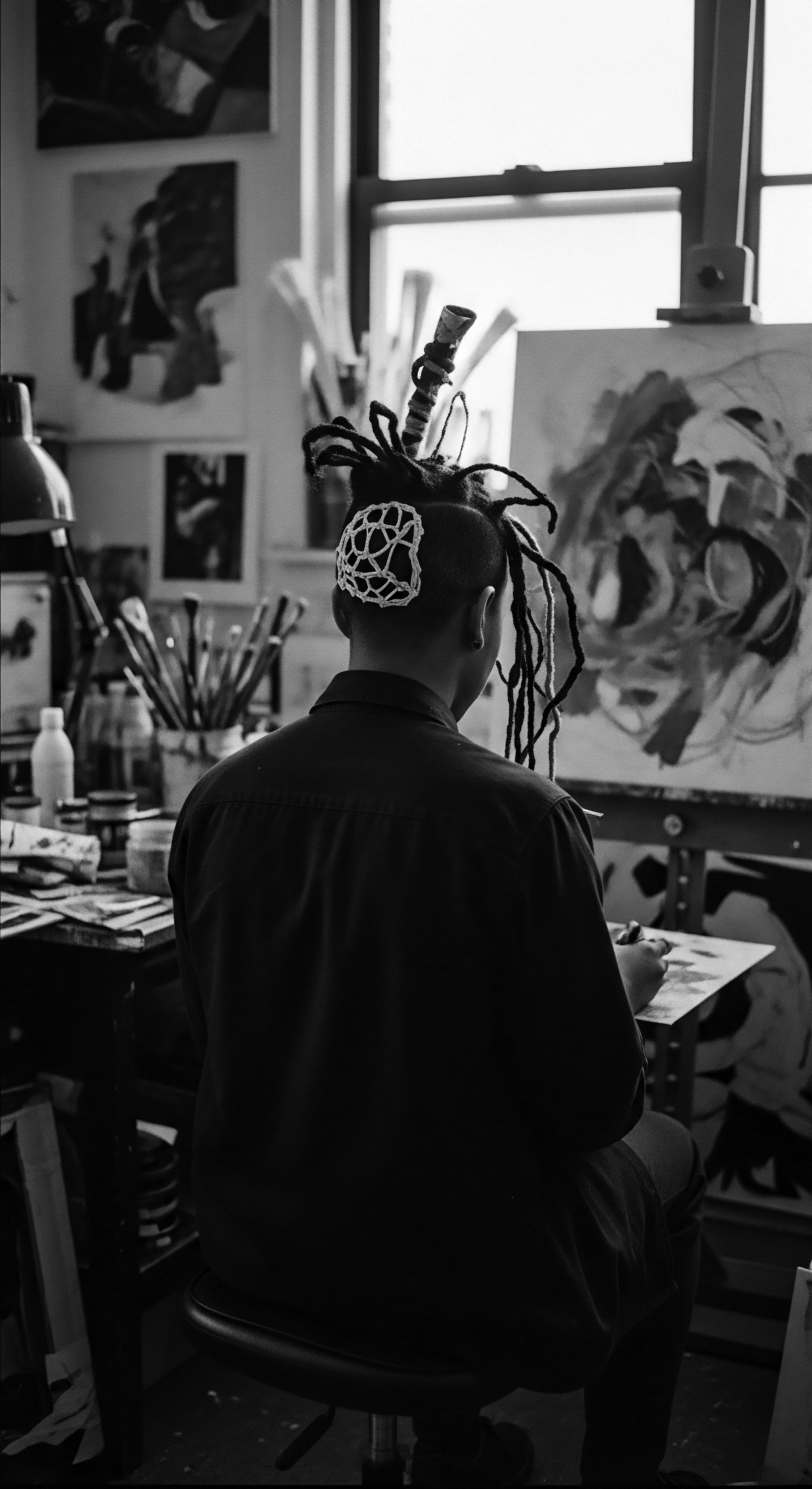
Holistic Influences on Hair Health
The efficacy of ancestral oils extends beyond their direct application to the hair and scalp. Their use was often integrated into a broader philosophy of wellness that recognized the interconnectedness of body, spirit, and environment. Diet, for instance, played a significant role. Traditional diets rich in healthy fats from indigenous nuts, seeds, and oils contributed to hair health from within.
Hydration through water consumption was also understood as vital. The very act of caring for one’s hair with natural, earth-derived ingredients was a form of self-reverence, a nod to the life-giving forces of nature.
This holistic approach views hair as an extension of one’s overall vitality. When the body is nourished, the spirit is at peace, and the environment is respected, hair thrives. Ancestral oils, then, are not just cosmetic products; they are components of a larger wellness ecosystem, reinforcing the idea that true hair health stems from a balanced existence. Their guarding power is not just a physical shield, but also a symbol of a legacy of self-care and reverence for natural order.
The enduring power of ancestral oils lies not only in their chemical composition but also in their integration within holistic wellness philosophies and time-honored community practices.

Relay
Beyond the tangible benefits and daily practices, the enduring significance of ancestral oils in guarding textured hair lies in their deep connection to identity, resilience, and the collective memory of a people. This is where the understanding transcends the physical and enters the spiritual and cultural dimensions, truly embodying the Soul of a Strand.
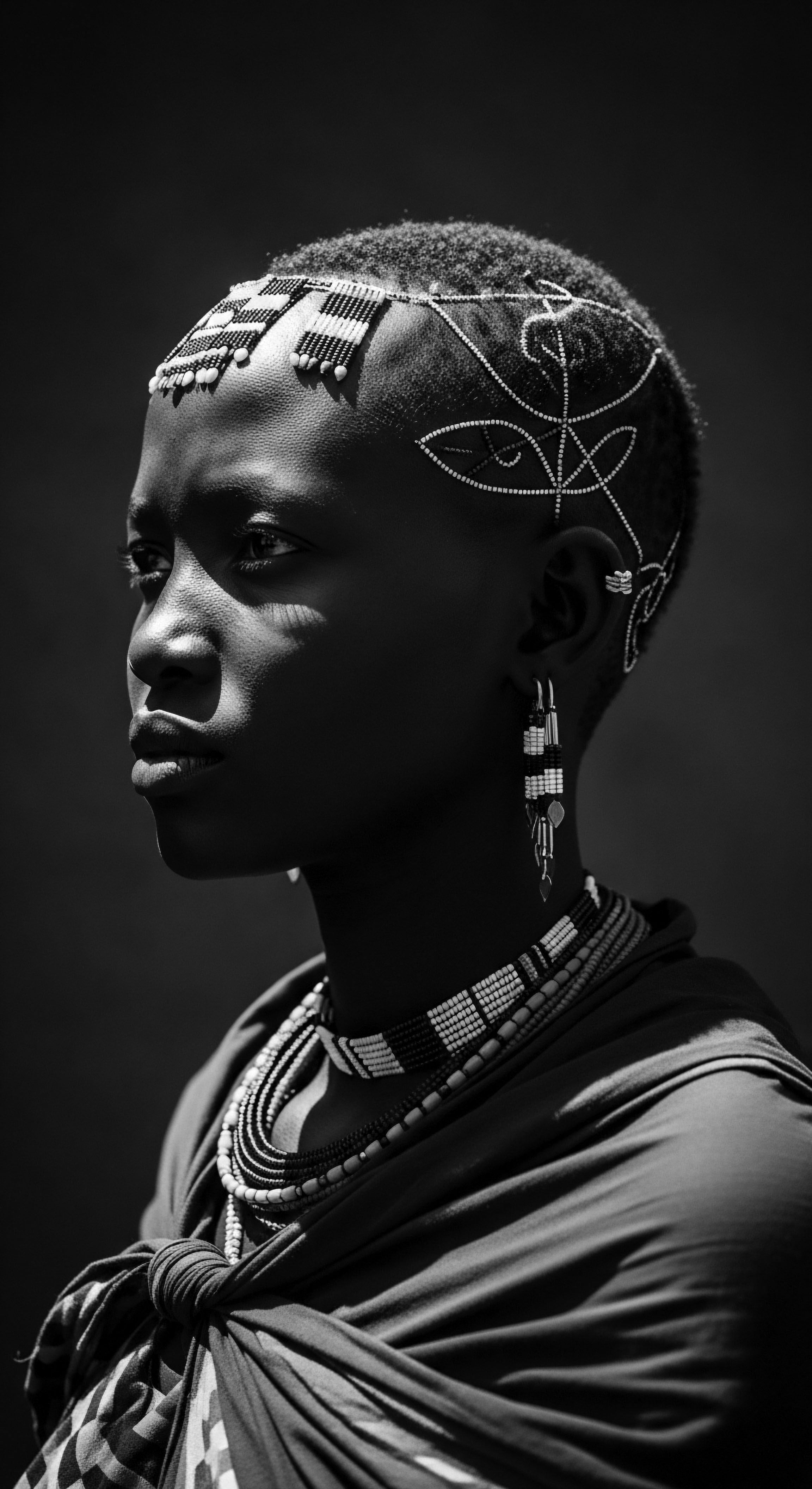
Cultural Continuity Through Hair Care?
The knowledge of how to select, prepare, and apply ancestral oils for textured hair has been a powerful vector of cultural continuity, particularly within Black and mixed-race communities facing displacement and assimilation. Despite forced migrations and attempts to erase cultural practices, the wisdom of hair care persisted. It was often in the intimate spaces of the home, between mother and child, elder and youth, that these traditions were safeguarded and transmitted. The act of oiling hair became a quiet rebellion, a reaffirmation of self in the face of societal pressures that often devalued textured hair.
This cultural relay ensured that the protective properties of ancestral oils were never lost. Each application became an unspoken lesson, a tactile connection to generations who faced similar challenges and found strength in their heritage. The oils, therefore, guard not only the physical strand but also the very spirit of cultural identity, preserving a lineage of beauty and self-acceptance.
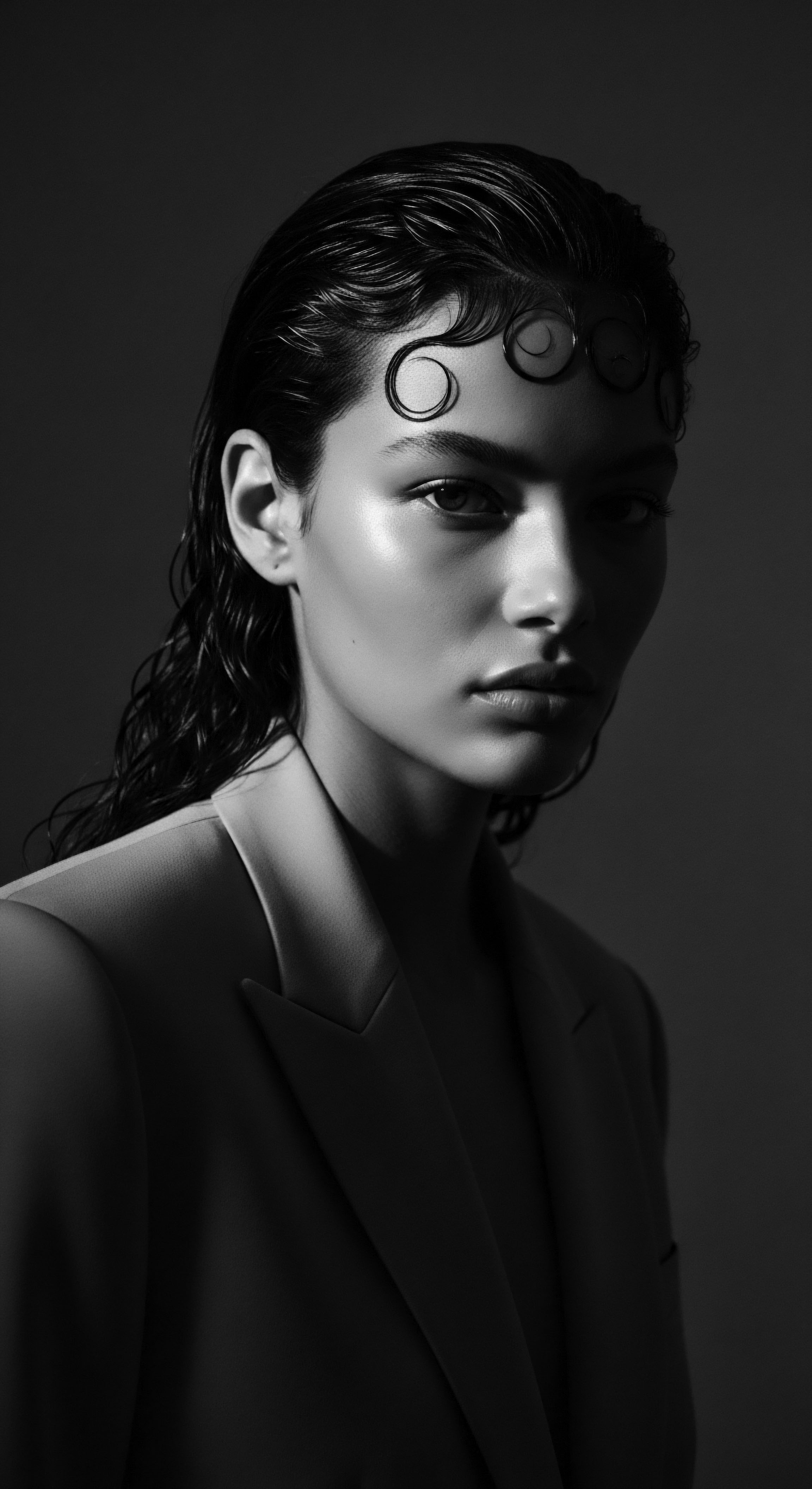
The Science Echoes Ancient Understanding
Modern scientific inquiry, often centuries later, frequently corroborates the efficacy of these ancestral practices. The fatty acid profiles of oils like coconut, jojoba, and argan are now extensively studied for their penetrative abilities, their emollient qualities, and their anti-inflammatory properties. What was once understood through empirical observation and passed down as inherited wisdom is now articulated in biochemical terms. For example, the recognition of certain oils as ‘non-drying’ or ‘sealing’ agents directly validates the ancestral use of these substances to maintain hair hydration and flexibility.
This confluence of ancient wisdom and contemporary science offers a richer, more profound understanding of how ancestral oils guard textured hair. It bridges a perceived gap, revealing that scientific discovery often illuminates the ‘why’ behind practices that communities had long understood through their lived experiences. The validation strengthens the heritage, grounding it firmly in both cultural significance and demonstrable effectiveness.
| Ancestral Oil Moringa Oil |
| Traditional Use in Hair Care Nourishing, scalp health, shine for hair in various African cultures. |
| Modern Scientific Understanding of Protection Rich in oleic acid and antioxidants, providing deep conditioning and environmental protection. |
| Ancestral Oil Baobab Oil |
| Traditional Use in Hair Care Moisturizer, hair elasticity, particularly in Southern Africa. |
| Modern Scientific Understanding of Protection Contains omega fatty acids, contributing to hair strength and preventing moisture loss. |
| Ancestral Oil Black Seed Oil |
| Traditional Use in Hair Care Scalp treatment, promoting hair growth and strength across North Africa and Middle East. |
| Modern Scientific Understanding of Protection Known for anti-inflammatory and antimicrobial properties, supporting a healthy scalp environment. |
| Ancestral Oil These examples highlight the scientific backing for long-standing ancestral applications, affirming their enduring value. |

A Future Rooted in the Past
The ongoing relevance of ancestral oils in guarding textured hair is a powerful statement about the enduring wisdom of heritage. In a world saturated with synthetic products, there is a conscious movement to return to simpler, more natural forms of care, often rediscovering the very ingredients that sustained hair health for centuries. This return is not simply nostalgic; it is a recognition of efficacy, sustainability, and cultural reverence. It is about honoring the lineage of knowledge that kept textured hair vibrant and resilient through trials and triumphs.
The journey of ancestral oils – from the elemental source, through communal ritual, to the relay of knowledge across generations – paints a vivid picture of how they guard textured hair. They shield against dryness, bolster against breakage, and protect from environmental stressors. More profoundly, they serve as a tangible link to a rich heritage, safeguarding not just the strands, but the stories, the resilience, and the identity of a people whose hair has always been a symbol of their unbound spirit.
Ancestral oils serve as a living link, echoing millennia of wisdom and offering a sustainable blueprint for nurturing textured hair in harmony with its intrinsic design.
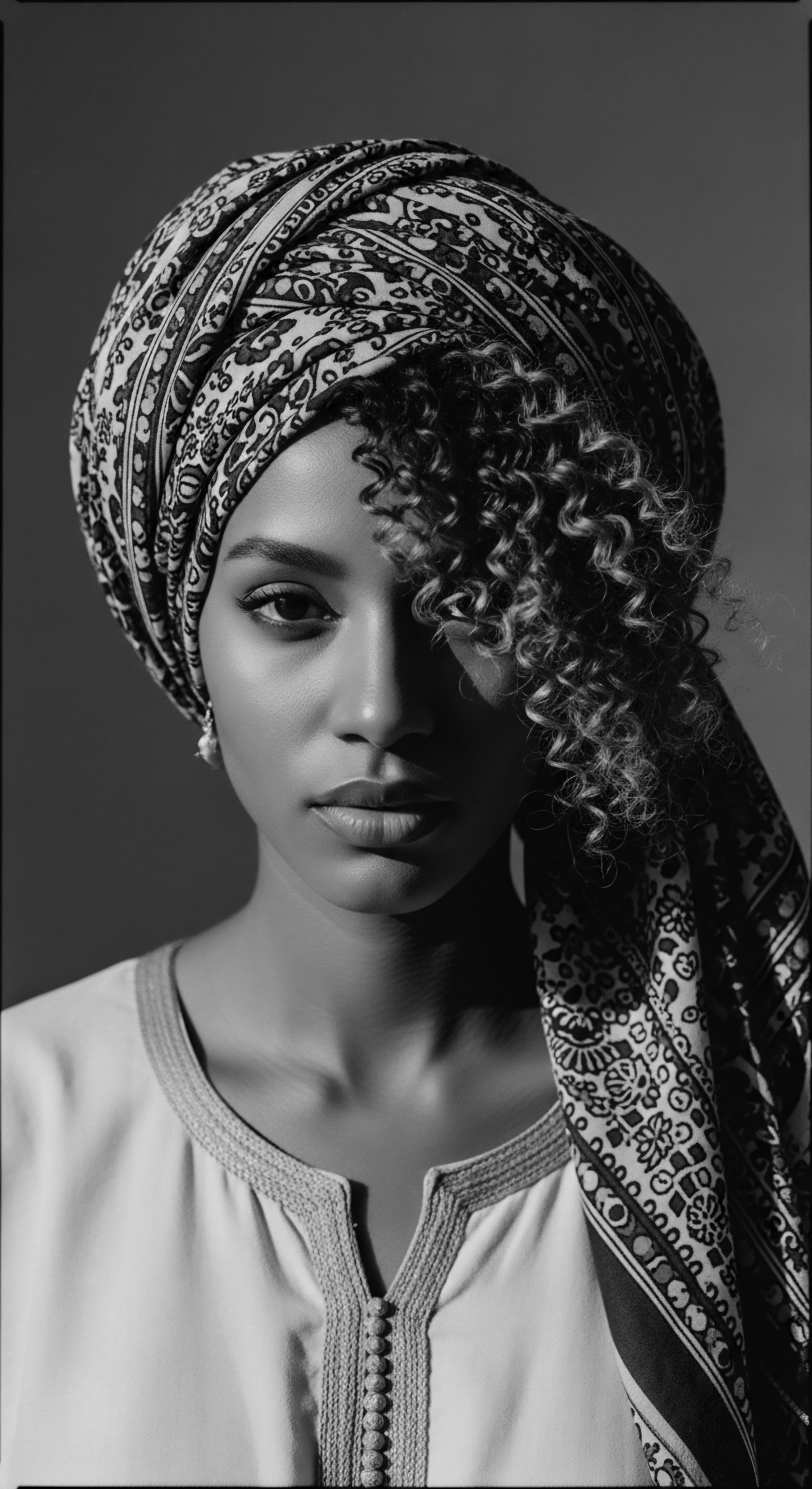
Reflection
As we contemplate the profound journey of ancestral oils, from the verdant landscapes where they first emerged to their intimate interaction with textured hair, a deeper truth unfurls. The Soul of a Strand is not merely a metaphor; it is a recognition that hair holds memory, lineage, and spirit. The very act of applying these oils, passed down through generations, connects us to a continuous stream of care, resilience, and beauty. It is a dialogue with those who came before us, a quiet acknowledgement of their ingenious wisdom.
These oils, humble yet mighty, have guarded textured hair not just by sealing cuticles or fortifying strands, but by preserving cultural practices, fostering community bonds, and affirming identity. They are tangible echoes of a heritage that refused to be silenced, a testament to the enduring power of knowing oneself through the sacred crown upon one’s head. In every drop, in every tender application, there is a continuation of a story—a story of protection, of beauty, and of an unbound helix that continues to reach towards the light, always rooted in its deep past.
References
- Eichhorn, K. & Schippa, G. (2018). African Hairstyles ❉ Secrets of the Art, Beauty and History. Niyiree Publishing.
- Marsh, T. (2018). Natural Hair ❉ The Ultimate Guide to Afro-Textured Hair. Dorling Kindersley.
- Robins, A. (2020). Hair ❉ A Cultural History. Bloomsbury Academic.
- Davis, C. (2015). African-American Hair Care ❉ Historical and Cultural Perspectives. University Press of Mississippi.
- Abdulahi, F. (2019). The Science of Black Hair ❉ A Comprehensive Guide to Textured Hair Care. Self-published.
- Powell, A. (2017). Understanding the Structure of African Hair. Journal of Cosmetic Science, 68(2), 121-130.
- Greenidge, E. (2022). The Hair That Carries Us ❉ A Journey Through Black Hair History. Hachette Book Group.
- Adeyemi, T. (2021). Ancestral Beauty ❉ Recipes and Rituals from the African Diaspora. Harper Wave.
